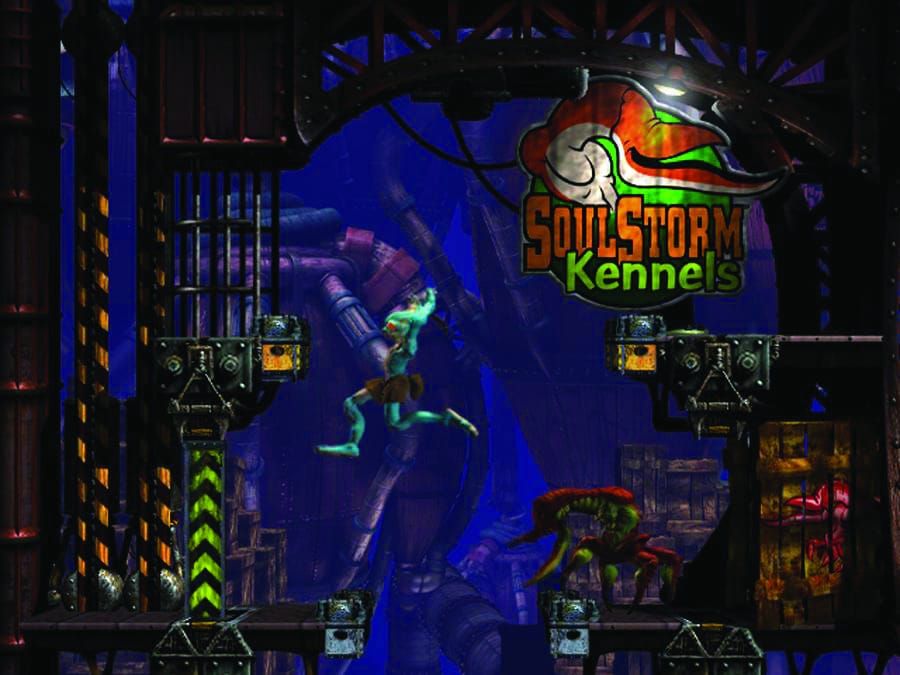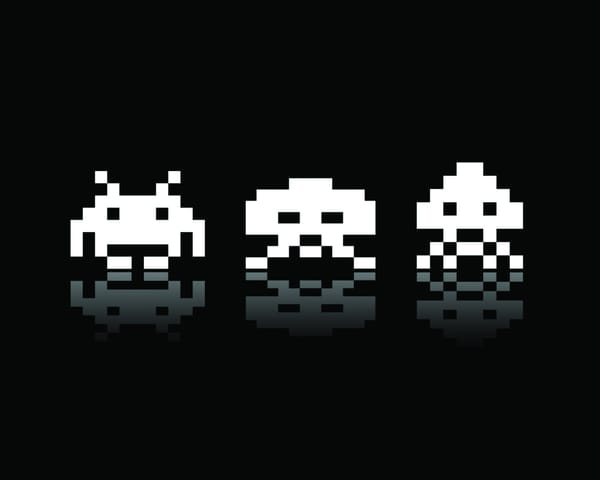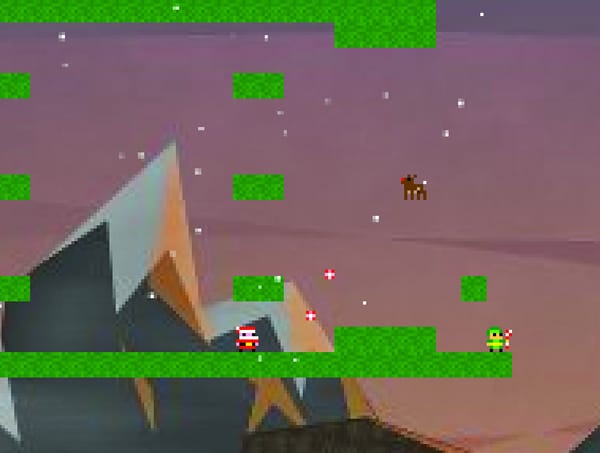A very Odd-World indeed
Laurence Pope on how Oddworld’s rampant industrialisation makes for a pretty cracking game series

It’s a shame Oddworld Inhabitants, an American game company founded way back when I was just knee-high to a grasshopper, stopped making games. Why? Because they made some pretty kick-ass stuff, that’s why. So kick-ass in fact that many modern-day game developers could learn a thing or two from them. They won’t, obviously — until reading this piece, that is. Maybe.
For the unfamiliar, Oddworld Inhabitants were the creators behind the Oddworld universe, the backdrop for their game series, the Oddworld Quintology, a planned pentalogy that ended up a tetralogy. Though the series didn’t extend as far as they had planned the universe they had created by the time they threw in the towel was already packed with a multitude of playable and non-playable races. In the first game alone you’re introduced to Mudokons, Glukkons, Sligs, Slogs, Scrabs and Paramites.
More importantly they’re not just thrown together in a clumsy, failed attempt to create ‘richness’ or ‘variety’. The races of Oddworld are woven together in a credible backstory that would fill more pages than my editor would allow for, but in essence revolves around a dystopian society created by the industrial Glukkons, who are in the process of enslaving, exploiting or eating every other species on the planet. There is of course more to it than that, and as the series progresses more races and challenges appear, as does more story to blend it all together.
The first two games of the series, Oddworld: Abe’s Oddysee and Oddworld: Abe’s Exoddus, are arguably the two games that defined the Oddworld series, and in part the PlayStation era; Abe’s Oddysee was one of the games placed on the demo disk that came boxed with the now primitive gaming console.
Unlike the following two games, Munch’s Oddysee and Stranger’s Wrath, both in 3D, Oddysee and Exoddus were 2D platformers. The art sported by both games was well ahead of its time, and has often been described as early PS2 generation rather than PS1. Game elements were rendered with 3D modelling systems, with the backgrounds being hand-painted, a feature that has helped the games remain attractive even whilst game graphics improved around it.
Timing and accuracy are both key; miss a jump by even a fraction and you’re gone. Duck a second too late and you’re squashed
As I’ve said many times in the past, graphics do not make a game. They help it for sure, but as _Transformers: Dark of the Moon _showed us great effects can’t make up for shoddy plot (sorry Mike), just like shiny graphics can’t cover shoddy control systems or easy ‘challenges’. In some ways Oddworld Inhabitants overcompensated — both games are mind-bogglingly hard to complete, let alone complete to 100%. The protagonist of both titles, Abe, is tasked with saving his fellow people, the Mudokons, from Glukkon extortion, first from the delightfully named meat factory Rupture Farms and then from the bottling plant Soulstorm Brew. Along the way he’s harassed by guards, assaulted by meat packing machinery and a whole host of other dangers that are all one-shot kills.
Timing and accuracy are both key; miss a jump by a even fraction and you’re gone. Duck a second too late and you’re squashed. Secret rooms are rampant: in both games there’s one in the very first screen, and there even are secret rooms WITHIN secret rooms. Oddysee and Exoddus come from an era when challenges were incredibly difficult, and going back to them years on makes for a very refreshing change of pace.
Bothgames are available on the PC via Steam, or there are always some discs floating about on Amazon. Pick up copies if you can! (Or, at least, after your exams are over.)









